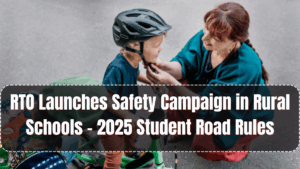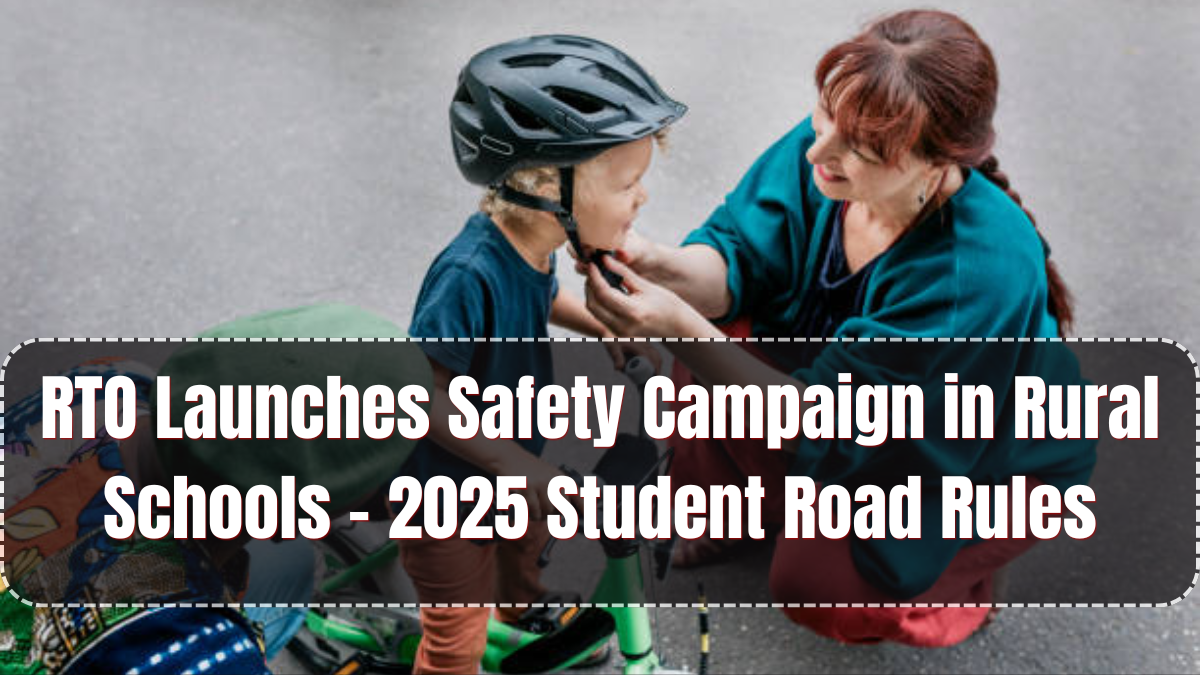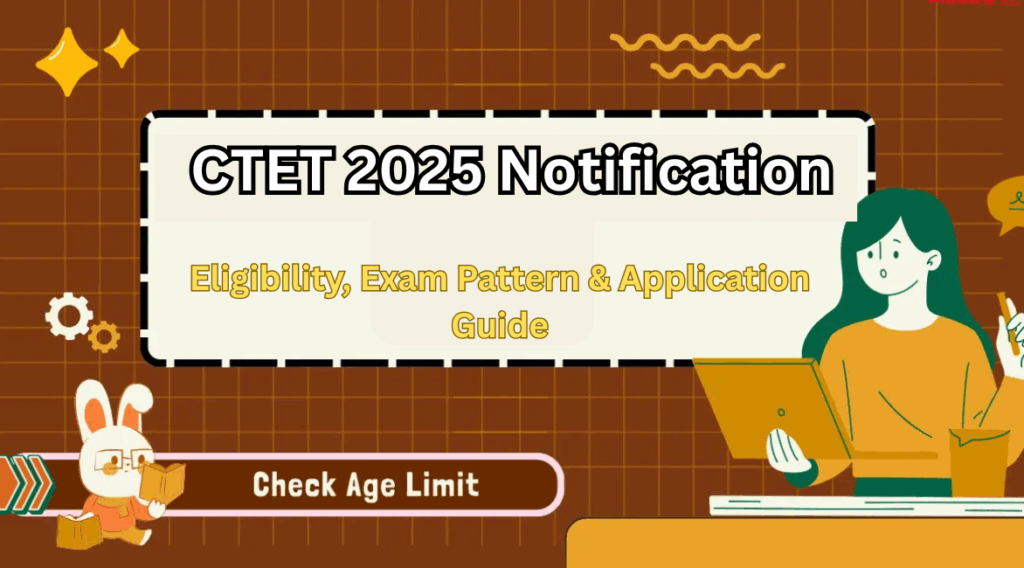The Ministry of Road Transport & Highways (MoRTH), in collaboration with local RTOs across India, has launched a nationwide road safety campaign targeting rural schools in 2025. This initiative aims to improve awareness among school-going children about basic traffic laws, pedestrian discipline, and public transport safety.
With accident rates in rural areas increasing due to lack of awareness and poor infrastructure, this campaign is a step toward fostering safer habits among students from an early age.

Table of Contents
Why Focus on Rural Schools?

Rural students are more vulnerable to unsafe transportation due to:
-
Lack of proper school bus systems
-
Unsafe pedestrian paths
-
Poorly maintained roads and signage
-
Limited access to traffic education
By conducting road safety programs at the school level, authorities aim to bridge the knowledge gap and promote life-saving habits.
Key Features of the 2025 Road Safety Campaign
1. Weekly School Visits by RTO Teams
RTO officers are scheduled to visit rural schools every week to conduct live sessions on:
-
Safe walking practices
-
How to cross the road correctly
-
Use of zebra crossings and pedestrian signals
-
Basic traffic signs and their meanings
2. School Bus Safety Inspections
As part of the campaign, RTOs are inspecting school buses and vans to ensure:
-
Driver’s background verification
-
Functioning seat belts
-
Emergency exits and first-aid kits
-
Adherence to student capacity norms
3. Interactive Safety Workshops
Students are introduced to interactive tools such as virtual simulations and traffic games to make learning fun and impactful.
4. Safety Pledge and Competitions
At the end of each campaign cycle, students take a safety pledge. Schools also host:
-
Drawing and poster-making competitions
-
Essay writing on “Safe Roads, Safe Future”
-
Skits and role plays to demonstrate real-life traffic scenarios
Collaboration with Parents and Teachers
The campaign also focuses on parental and teacher awareness. Orientation programs are conducted for:
-
Monitoring school pick-up and drop protocols
-
Educating parents about helmet and seatbelt use
-
Encouraging teachers to integrate road safety in classroom discussions
This 360-degree approach ensures that the entire school ecosystem supports road safety values.
Positive Impact Already Visible
Pilot programs conducted in Maharashtra and Madhya Pradesh in early 2025 reported:
-
45% increase in student seatbelt use during van rides
-
More students using footpaths and school crossings
-
Local panchayats installing traffic signs near school zones
FAQs
Why is road safety education important in rural schools?
Rural areas often lack structured transport systems, and students are more exposed to roadside risks. Teaching them road safety ensures they understand how to protect themselves during daily commutes.
What activities are part of the campaign?
The campaign includes RTO-led sessions, school bus checks, safety workshops, competitions, and parental involvement programs.
Will all rural schools in India be covered?
Yes, the goal is to reach over 20,000 rural schools across all states by December 2025, with phase-wise implementation and RTO coordination.
How are schools selected for this program?
Schools are selected based on accident-prone zones, lack of awareness, and availability of transport infrastructure. RTOs work with district education offices for scheduling.
Are there plans to include traffic curriculum in school books?
Yes, the NCERT and MoRTH are working together to include basic traffic safety lessons in Class 6–10 textbooks starting from the 2026 academic session.
Click here to know more.






